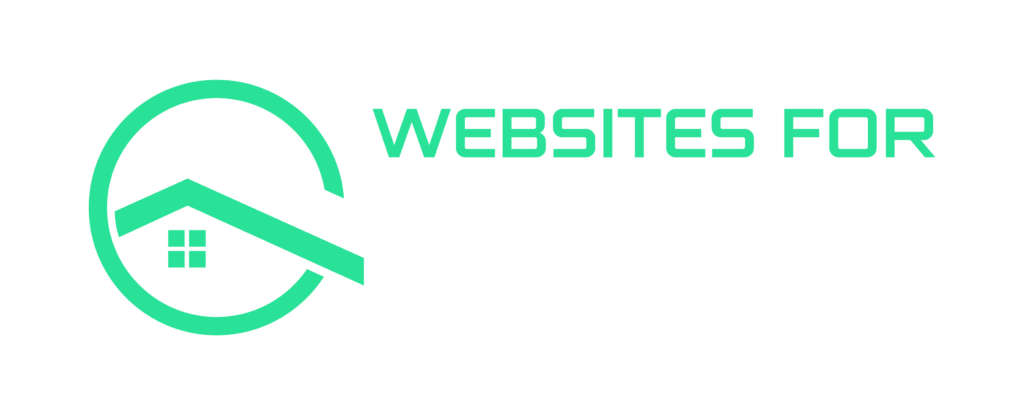Home » What’s SEO and How Can It Help My Business?
What's SEO and how can it help my business?
- Luke C
- March 19, 2024
Home » What’s SEO and How Can It Help My Business?

At Websites for Trades we want to make it easier for tradespeople to get online and promote their services. We work with you on a one time or monthly basis to get you ahead online and generate more leads for your business.